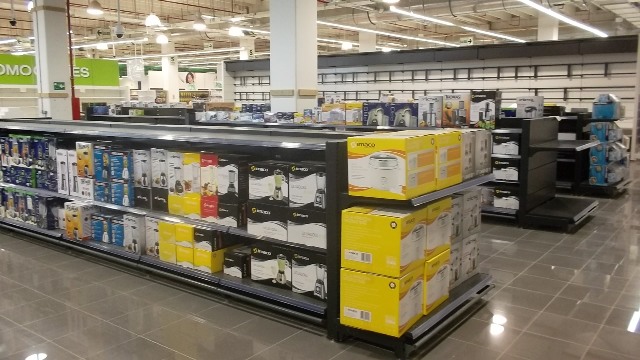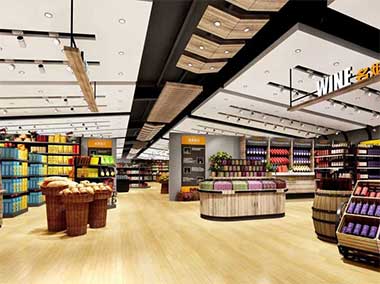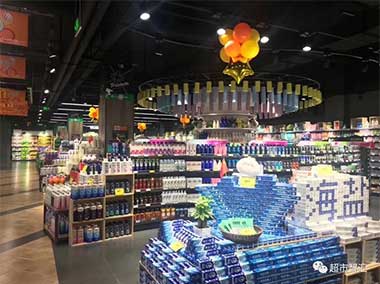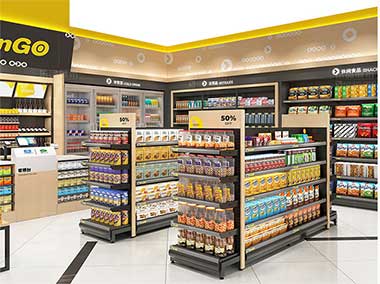-
 E-mail:
aceally19@aceallygroup.com
E-mail:
aceally19@aceallygroup.com
-
 Wechat: +8613959222269
Wechat: +8613959222269
-
Time:3/11/2022
-
Time:1/23/2022
-
Time:12/27/2021
-
Time:12/17/2021
-
Time:12/8/2021

- CONTACT US
- Wechat: +8613959222269
- aceally19@aceallygroup.com
The law of supermarket shelf product display
 Time:12/1/2021
Time:12/1/2021 2017
2017
In addition to the objective factors of location, lot, brand and traffic flow, after attracting customers into the store, the price and display is what affects and stimulates consumers to shop. Price for consumer attraction can be reflected in promotions, discounts, full reductions, etc.; what is on display can help supermarkets to stimulate consumer shopping consumption? In this article, Aceally supermarket shelves will be analyzed for all merchants.
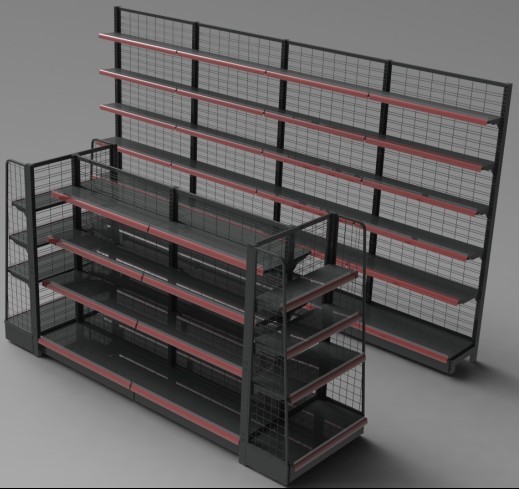
Rule one: shelves full of goods
Experiments have shown that the shelves are full of display to attract more consumer interest. Aceally supermarket shelving manufacturer recommend: shelves at least 3 varieties per compartment (less than 3 varieties of best-selling goods) to ensure the number of varieties. In terms of unit area, the average number of varieties per square meter should be 11 to 12.
Rule two: series of products placed vertically
Vertical placement can make the series of goods present a linear series, so that customers can see at a glance.
As the law of human vision is up and down vertical movement more convenient, the angle of its sight up and down is about 25 °. Customers can clearly see the goods on the shelves from 1 to 5 levels when they select goods at a distance of 30 cm to 50 cm from the shelves. Series of goods placed vertically will result in 20 to 80% of the sales of goods. In addition, vertical placement helps to give each brand of goods a fair and reasonable opportunity to compete.
Rule 3: When goods are temporarily out of stock
Supermarkets need to have a dedicated person to organize and analyze the inventory and sales of goods in a timely manner. Stock up in advance to avoid out-of-stock situations. When there is a real shortage of goods, we should use goods with high sales frequency to temporarily fill the vacant goods position, but we should pay attention to the correlation between the variety of goods and the structure of the match. Putting full is only a flat design, in fact, the goods are discharged in three dimensions, and a more detailed study lies in how the goods are distributed in three dimensions on the whole shelf.
Law four: the golden section of the shelf
Height between 1.3-1.8 meters, can show some well-known brands with high sales, high profit goods; 0.8-1.3 meters of the region can show similar items with lower profits and visibility of the goods, which not only ensures the neatness and regularity of shelf placement of goods, but also provides consumers with a variety of choices; The area below 80 cm is for displaying bulky, low-margin, fast-turnover items. Convenience stores are different from supermarkets, the display area is smaller, and more consideration is given to the complete range of hot commodities, such as beverages, daily necessities, snacks, umbrellas, etc. If too much variety of categories is annoying, it will make the store look disorganized.
Rule 5: Choose shelves reasonably.
Shelf color: cooperate with the overall decoration and positioning of the supermarket.
Shelf height: according to the number and height of supermarket floors. Generally, it is 1.35-1.75 meters in the middle and 1.95-2.35 meters against the wall.
Take the shelf with a height of 165 cm as an example, divide the segments of commodities: the height of the golden line is generally between 85 cm and 120 cm, which is the second and third floor of the shelf, and it is the position where the eyes can easily see and the hands can easily get the commodities, so it is the best position.
Further Reading
How to install supermarket shelves?
How to select supermarket shelves?
How can supermarkets efficiently display goods around "people"?
The method of supermarket shelf display
Fruit store shelf display can also affect the shop business








